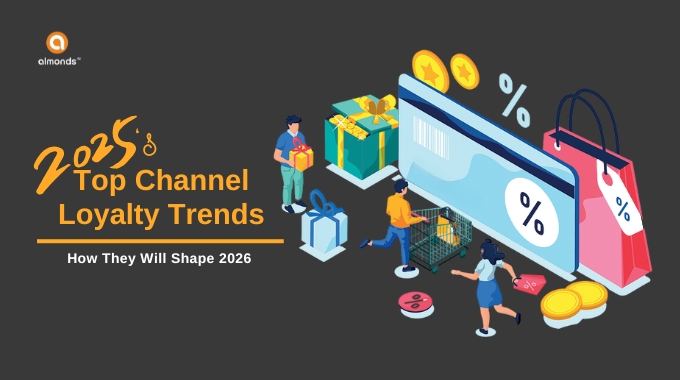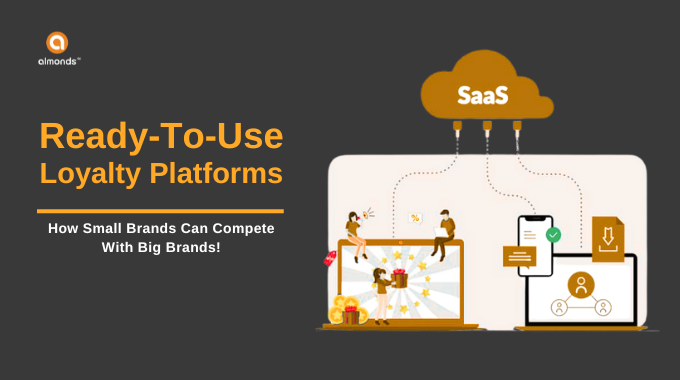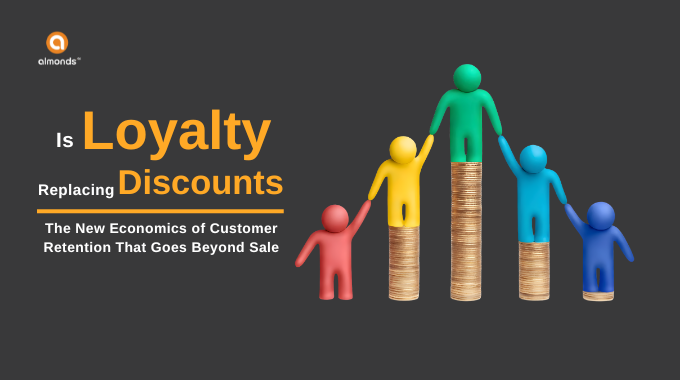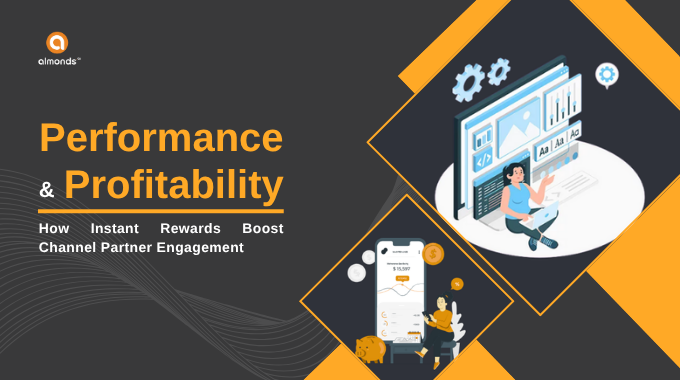In today’s digitally driven marketplace, building a secure, scalable, and efficient cloud-based environment is no longer a purely technical pursuit. It’s a strategic imperative that impacts marketing, sales, customer experience, and overall brand reputation. When you embrace cutting-edge cloud strategies and DevOps methodologies, you’re not just optimizing IT—you’re enhancing the entire customer journey and building loyalty among partners, clients, and end-users
Why a Robust Cloud Infrastructure Matters to Your Loyalty Programs?
- Enhanced Customer Experience: A resilient cloud foundation ensures high availability and minimal downtime, which directly impacts customer satisfaction and brand loyalty.
- Competitive Advantage: Rapid, reliable deployments help you roll out products and features faster, staying ahead of market trends.
- Data-Driven Insights: Scalable infrastructure supports real-time analytics, enabling informed decision-making and improved strategic planning.
- Cost Management: Automated scaling means you only pay for the resources you need, optimizing budgets and boosting ROI.
What exactly is a Resilient Cloud Setup?
A resilient cloud setup is a cloud infrastructure designed to withstand and recover quickly from disruptions, ensuring continuous operation of critical business processes. It involves a combination of technologies, strategies, and best practices that focus on:
- High Availability: Ensuring services and applications are accessible 24/7 through redundancy, failover mechanisms, and load balancing.
- Disaster Recovery: Implementing robust backup systems, recovery plans, and geographic redundancy to minimize downtime and data loss during unexpected events.
- Scalability and Elasticity: Adapting to changing workloads in real-time, ensuring seamless performance during traffic spikes or increased demand.
- Security and Compliance: Protecting sensitive data through encryption, identity management, and adherence to industry-specific regulatory requirements (e.g., GDPR, HIPAA).
- Monitoring and Proactive Maintenance: Leveraging tools for real-time performance monitoring, anomaly detection, and predictive maintenance to identify and resolve issues before they impact operations.
Building Blocks of a Secure and Scalable Cloud Infrastructure
- Cloud-Native Architecture: Designing systems optimized for the cloud, leveraging microservices, containers, and server less computing to improve agility and resilience.
- Automation: Using Infrastructure-as-Code (IaC) tools like Terraform or AWS CloudFormation to automate provisioning, configuration, and management of cloud resources.
- Multi-Cloud and Hybrid Solutions: Avoiding vendor lock-in and enhancing reliability by distributing workloads across multiple cloud providers or combining on-premises and cloud solutions.

- Continuous Integration and Deployment (CI/CD): Streamlining development pipelines to ensure rapid, reliable updates with minimal risk of service disruption.
- AI-Driven Insights: Employing AI and ML to optimize resource utilization, predict potential issues, and enhance overall system efficiency.
Best Practices to Drive Business Value
- Scalability
- Automate the ability to handle varying workloads, ensuring smooth operations during peak seasons or product launches.
- Resilience & Redundancy
- Multi-region deployments and backup mechanisms minimize downtime, preventing revenue loss and reputational damage.
- Security by Design
- Protect customer data and maintain compliance with industry standards, reinforcing credibility in the marketplace.
- Automation & Efficiency
- Reduce manual effort and risk of human error, enabling your team to focus on innovation and strategic growth.
- Proactive Monitoring
- Use real-time analytics to anticipate problems, respond quickly, and continually optimize performance.
Security and Peace of Mind
- Role-Based Access Controls (RBAC) & Network Segmentation: Limit who can access what, reducing the risk of internal breaches.
- Why It Matters: Protects sensitive information, maintaining trust with customers and partners.
- Regular Vulnerability Assessments & Code Scanning: Tools such as SonarQube and OWASP ZAP detect security flaws or inefficiencies early in the development cycle.
- Why It Matters: Identifies and addresses potential issues before they can be exploited, safeguarding both customer data and brand reputation.
- Data Encryption & Compliance: Ensures that data is protected at rest and in transit, meeting industry regulations.
- Why It Matters: Maintains legal compliance and upholds customer confidence in your brand’s commitment to data privacy.
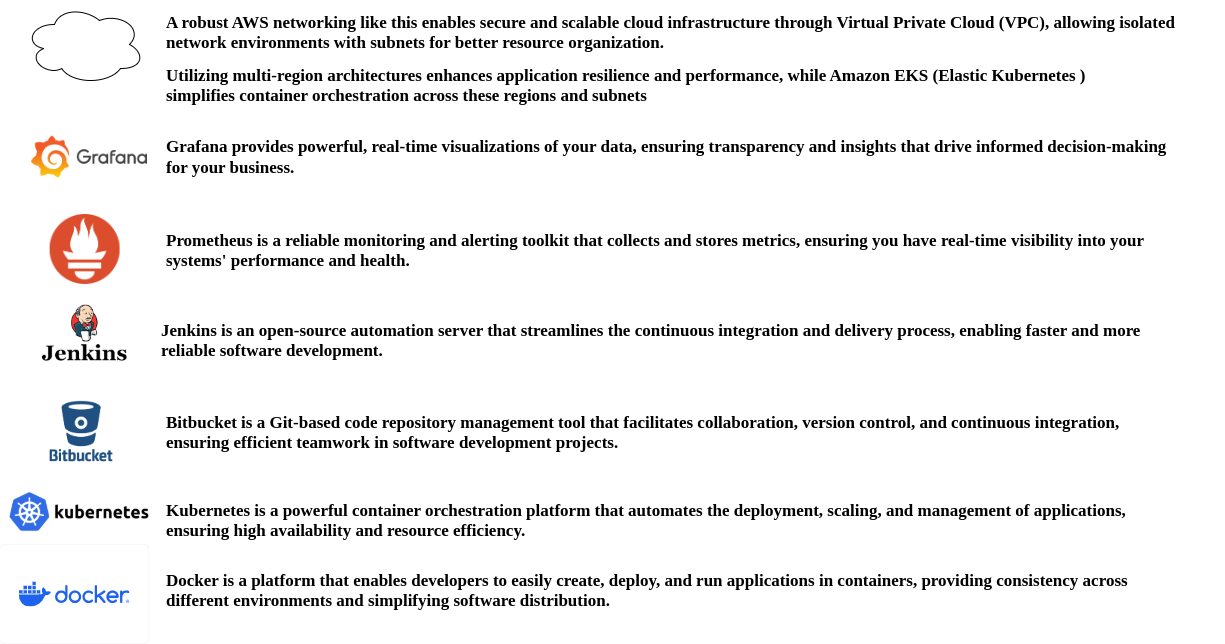
Tangible Business Outcomes
- Enhanced Customer Satisfaction
- Lower latency and higher availability translate to better user experiences, improving loyalty and word-of-mouth referrals.
- Faster Innovation Cycles
- Automated deployment pipelines allow teams to roll out new products and features with minimal risk.
- Informed Decision-Making
- Real-time monitoring and analytics equip leaders with actionable insights, improving the accuracy of forecasting and strategy development.
- Strengthened Brand Reputation
- Robust security measures and consistent performance build trust, supporting long-term customer and partner relationships.
- Cost Optimization
- Pay-as-you-go models and dynamic scaling help allocate resources more efficiently, lowering overhead without sacrificing reliability.
Closing Thoughts
A well-crafted cloud and DevOps strategy isn’t just about optimizing backend systems—it’s a catalyst for business transformation. By weaving resilience, security, and scalability into the fabric of your operations, you empower teams to experiment and innovate faster, nurture stronger customer relationships, and elevate your brand’s reputation. Ultimately, investing in a robust cloud framework aligns technology and business objectives, laying the foundation for sustained growth and a lasting competitive edge.



